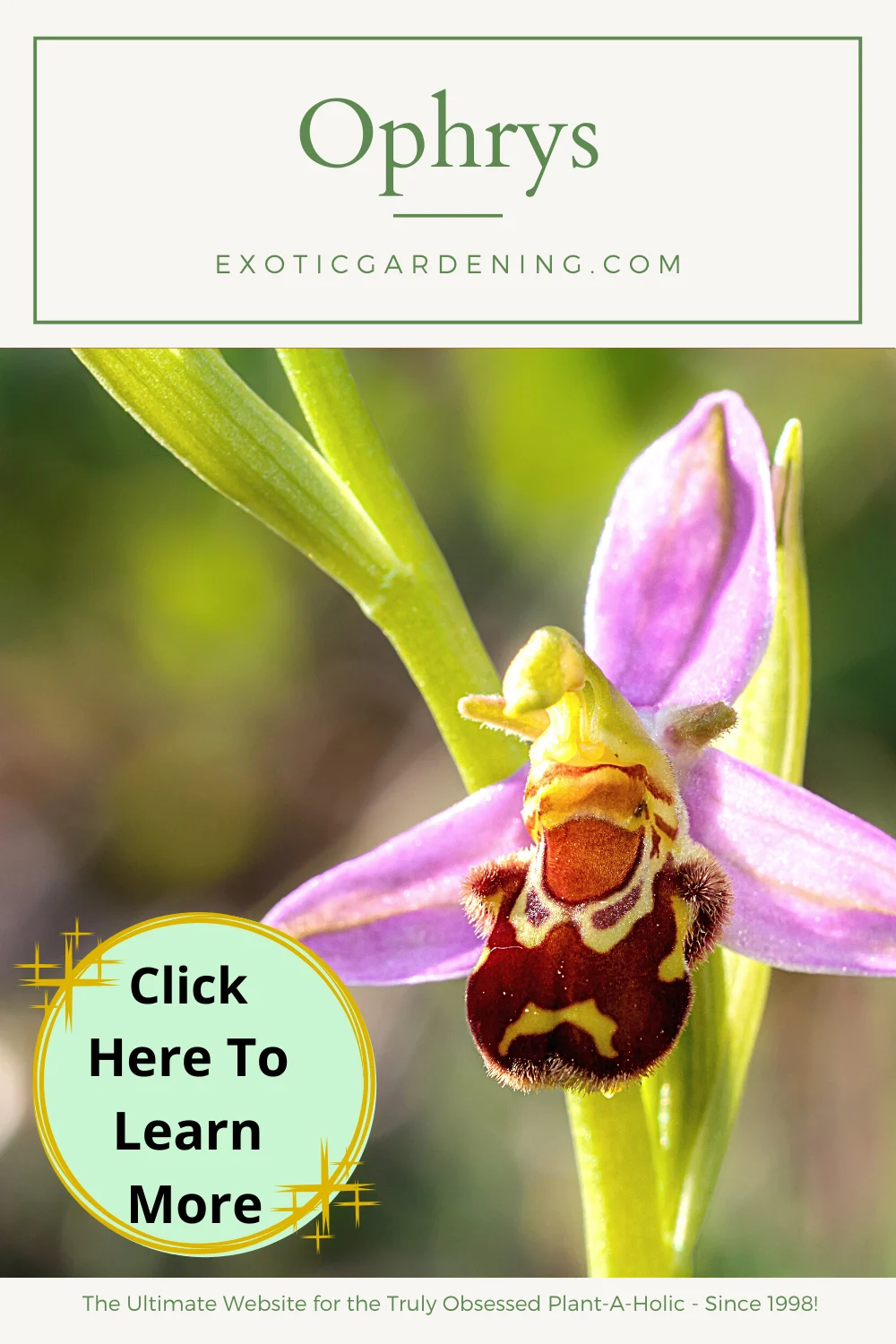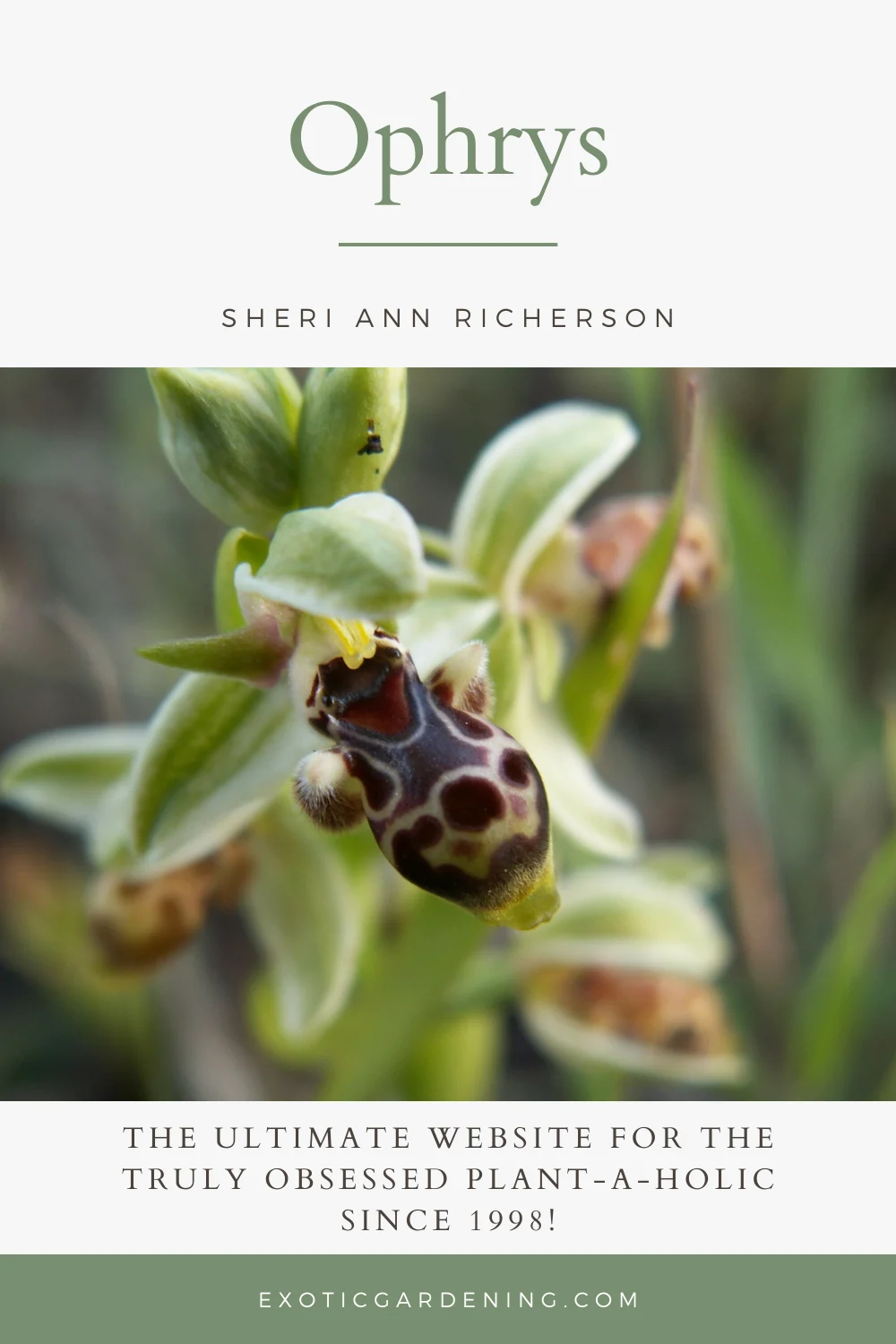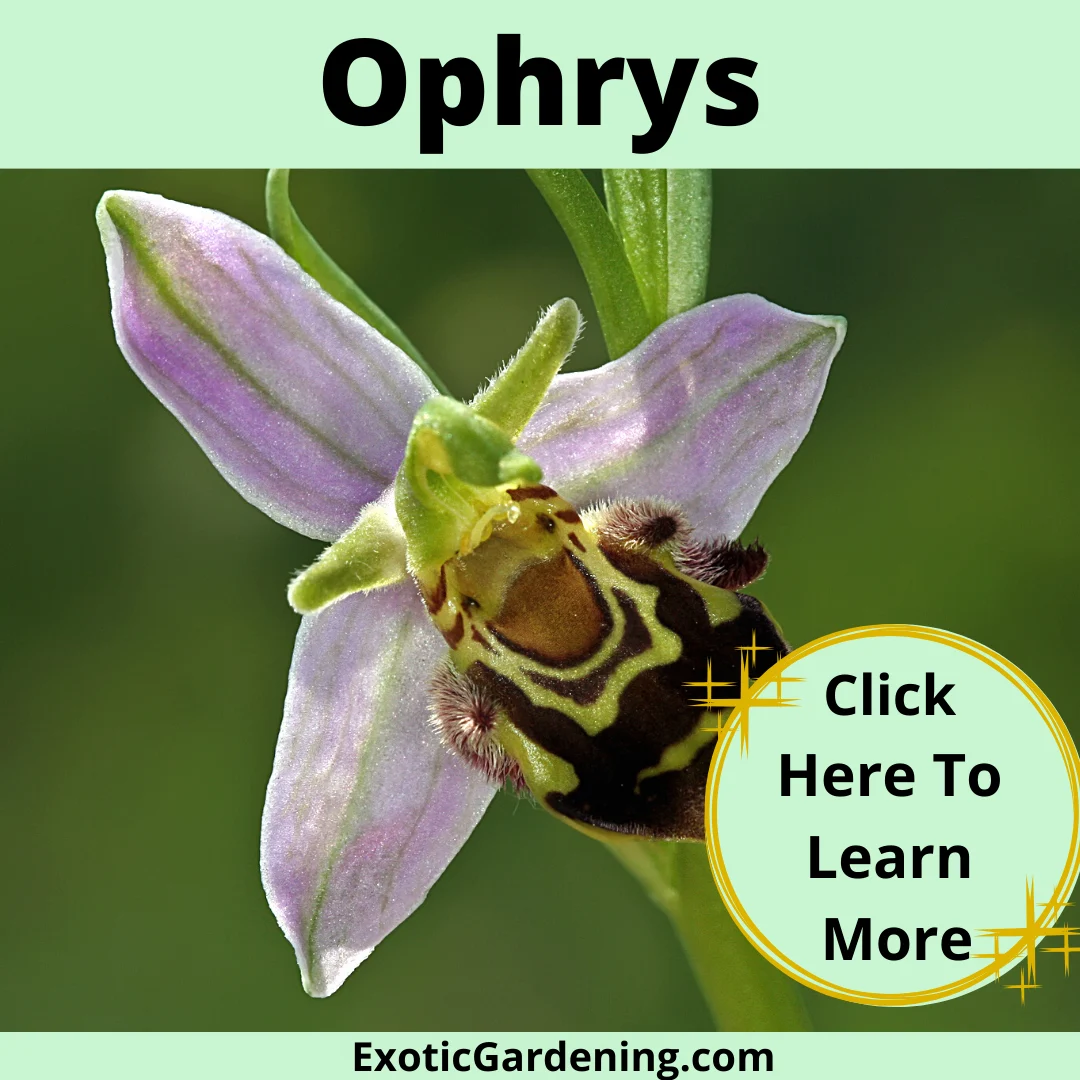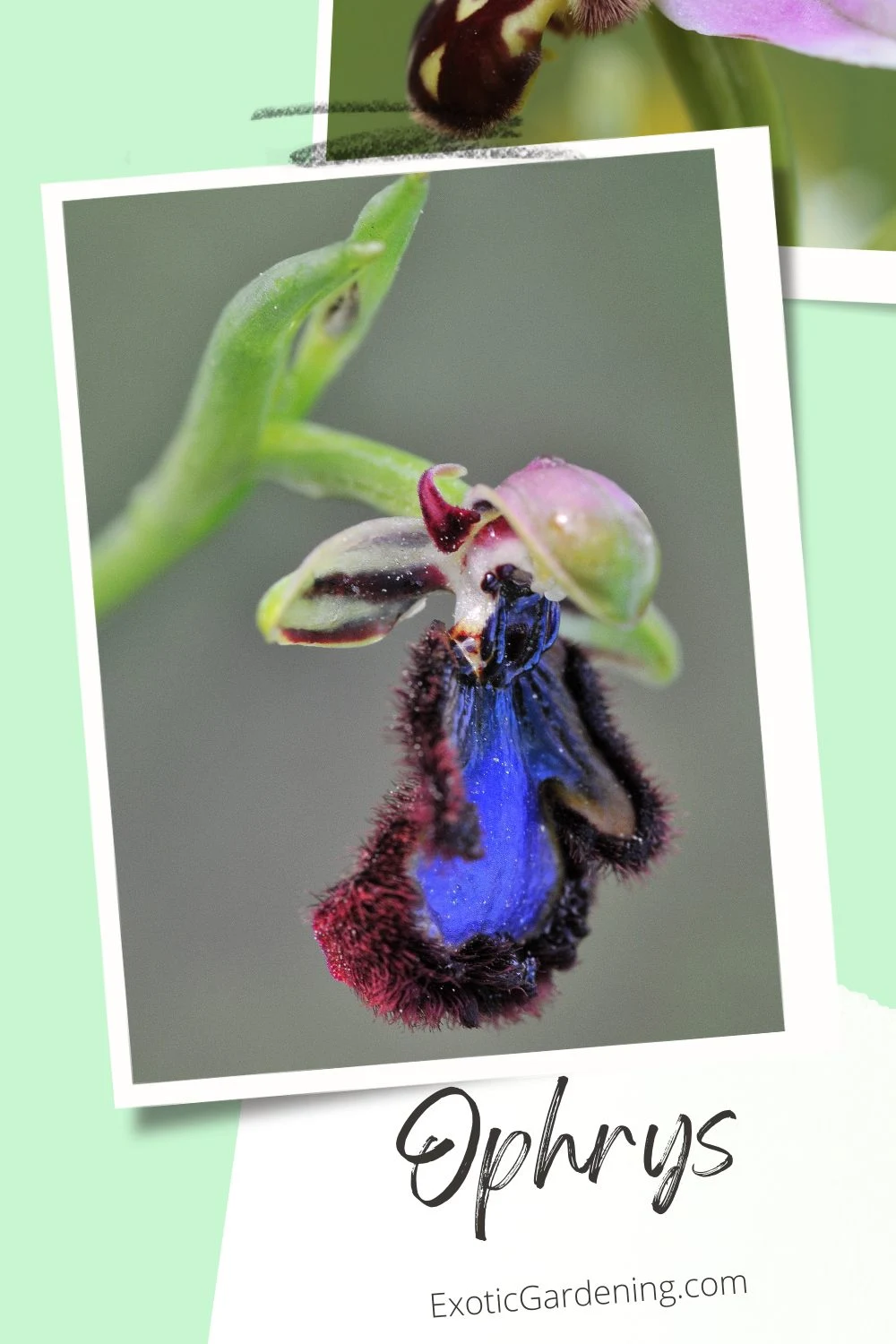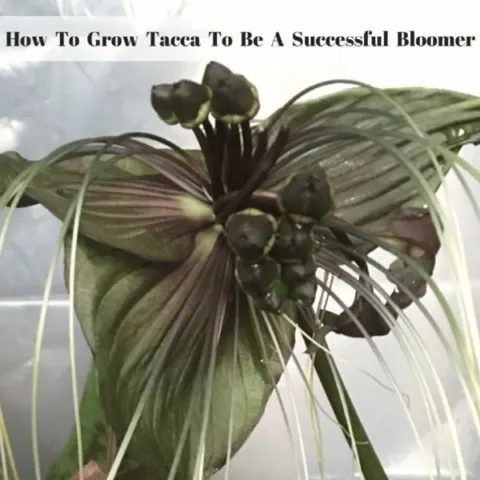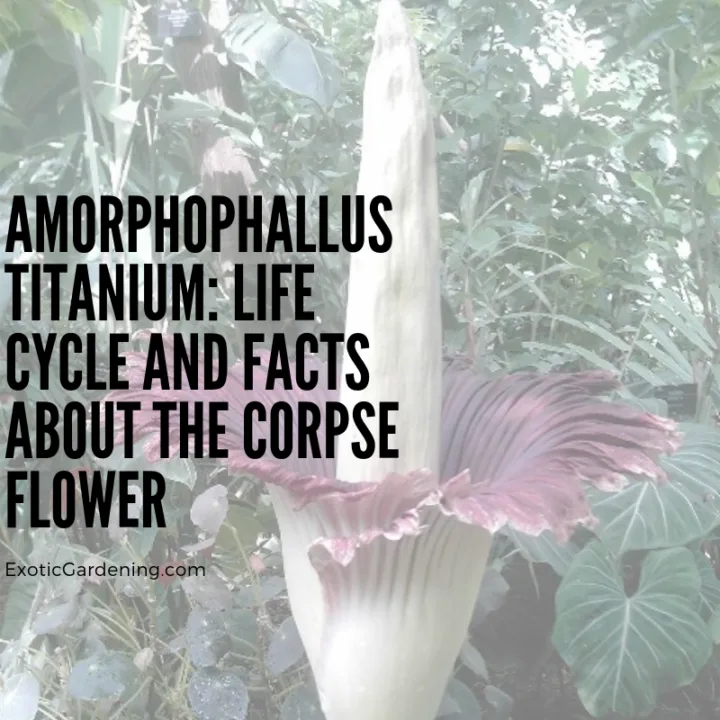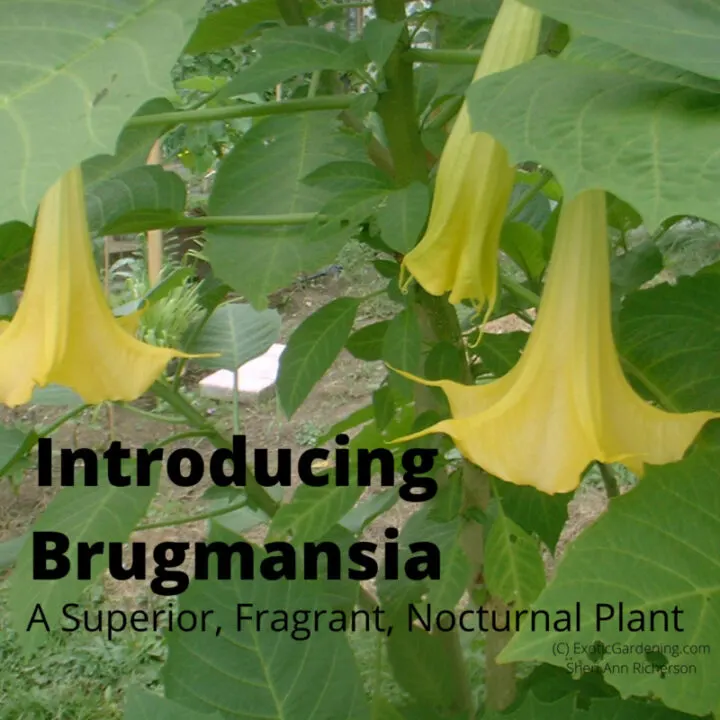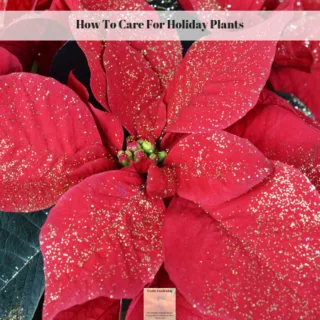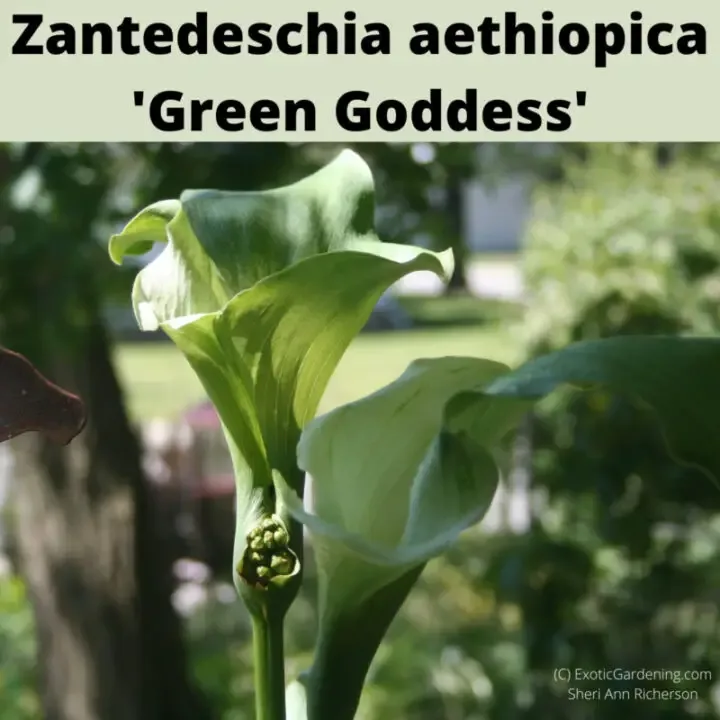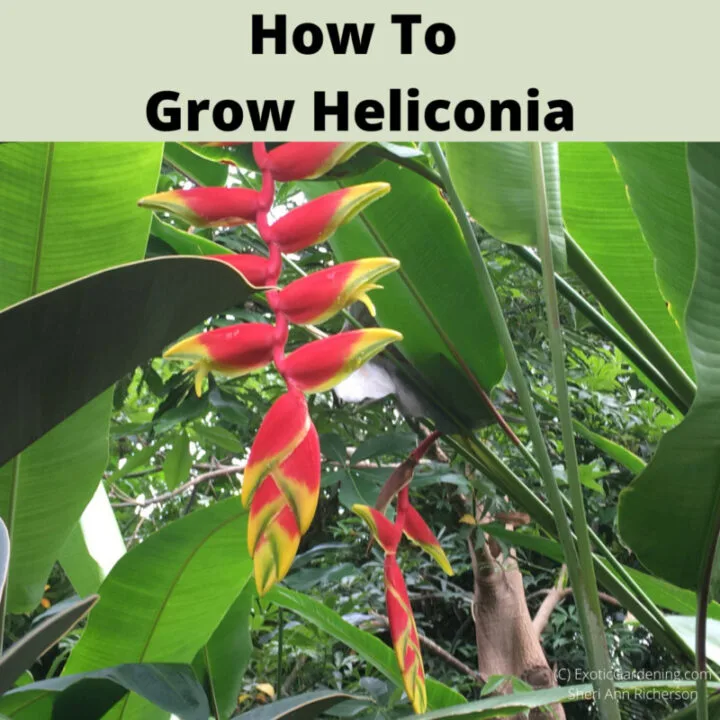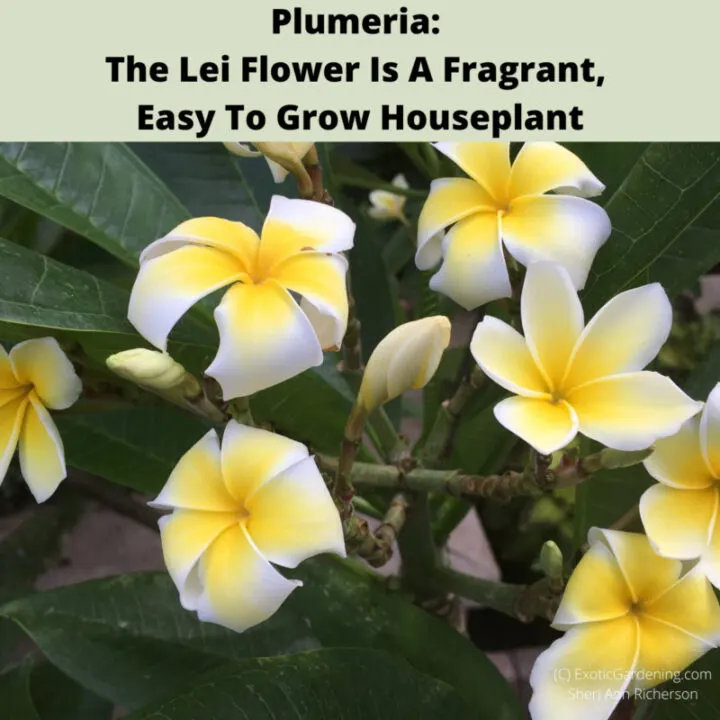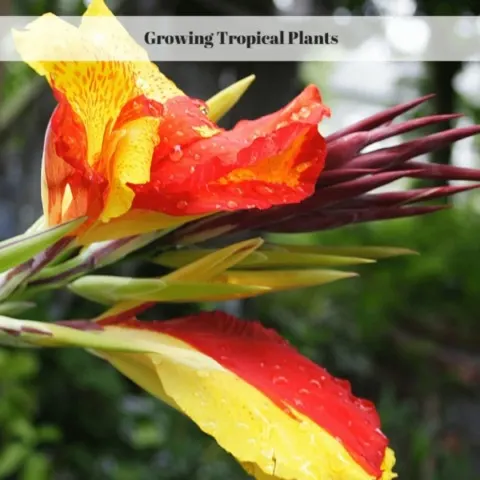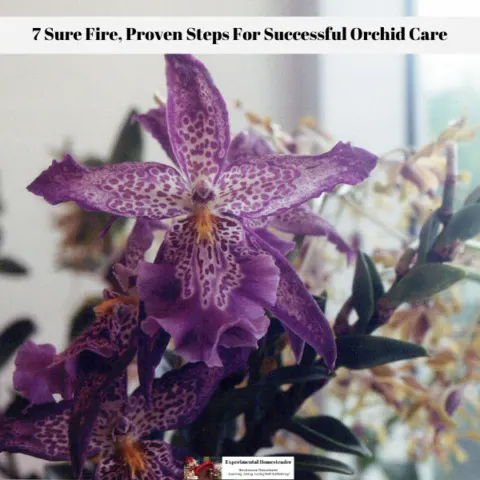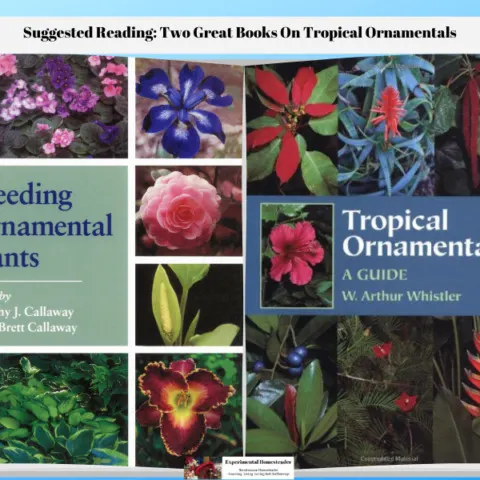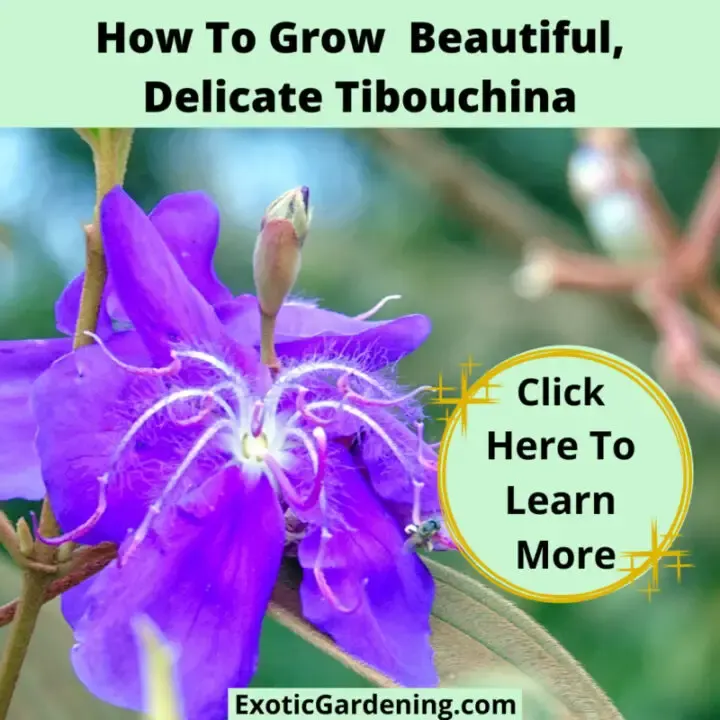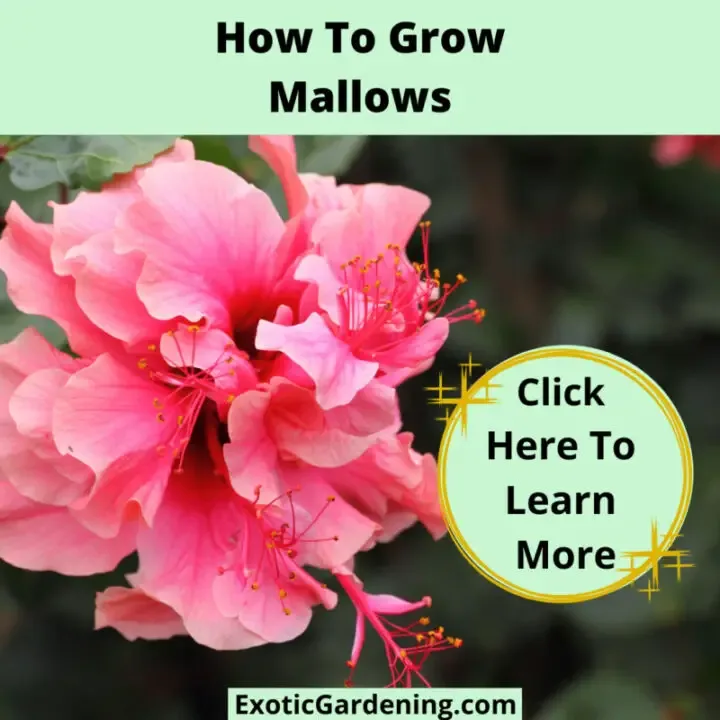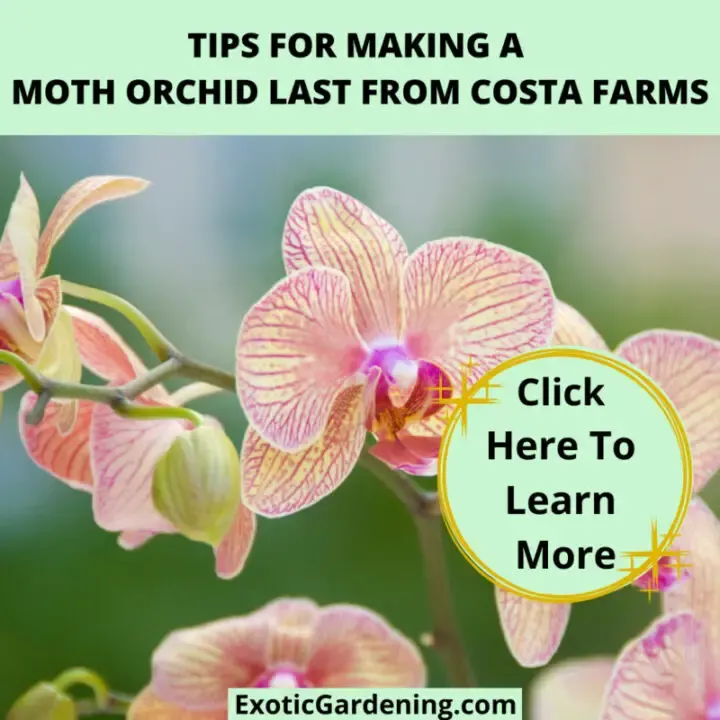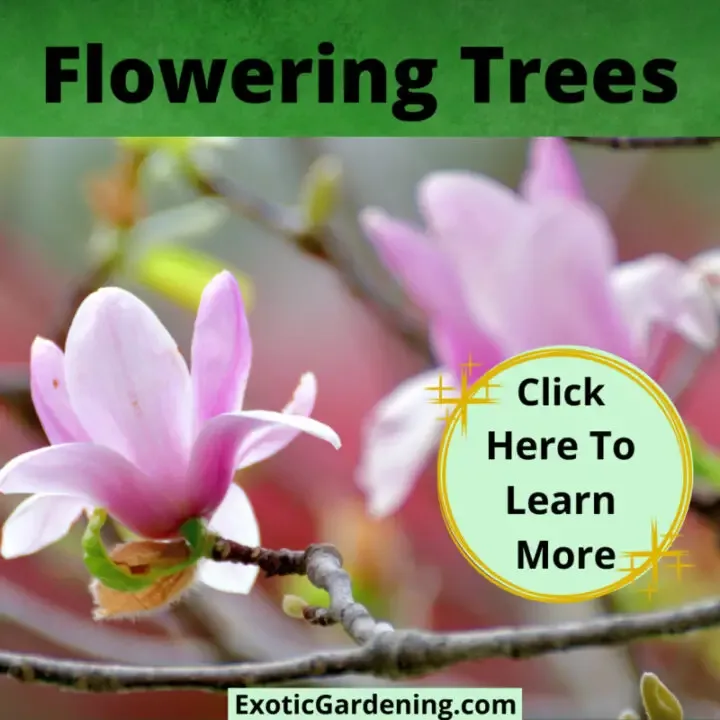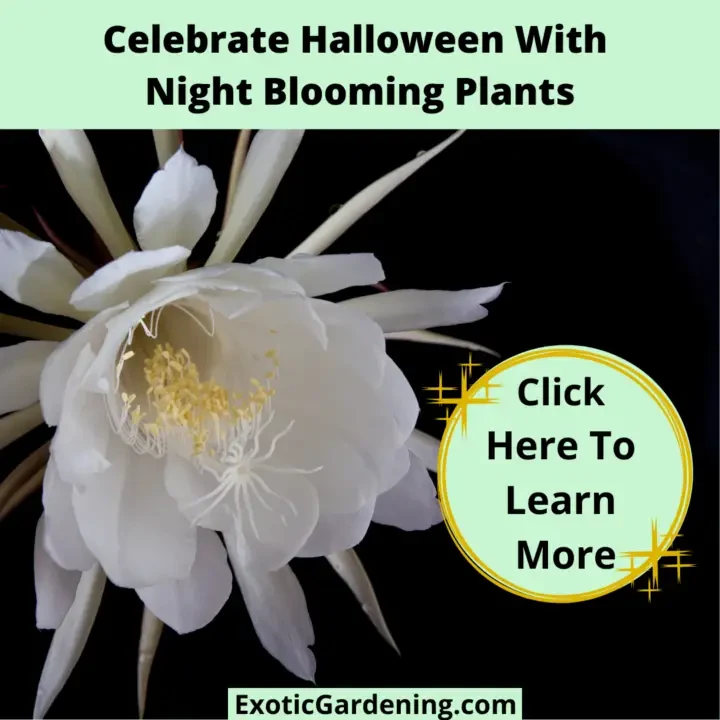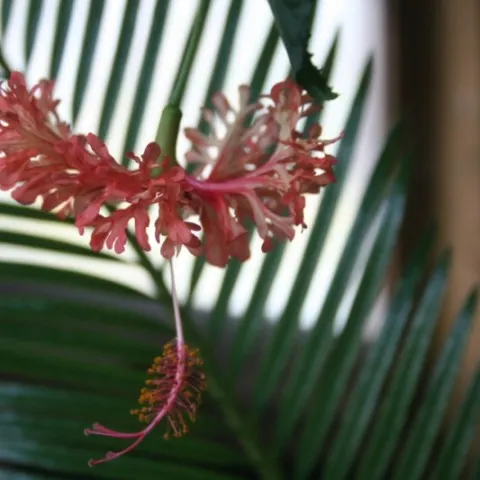Ophrys are a group of terrestrial Orchids with unbranched stems and showy flowers that often resemble insects.
There are approximately 150 species, according to the American Orchid Society, that naturally hybridize.
While collecting plants or even seeds from the wild is discouraged, there are numerous places to purchase plants that were grown in cultivation.
The Ophrys Genus
The Ophrys genus is native to Central & South Europe, North Africa, Asia Minor, and in Asia in the Caucasus Mountains.
Commonly called “Bee Orchids,” these beautiful terrestrial orchids resemble insects, and are difficult to grow and keep in good shape in cultivation for extended periods of time.
The plants flower lip resembles different insects, depending on the particular species, most commonly resembling flies or bees, thus the reason for their common name.
Slugs and snails, especially in cultivation, are the main pests that bother these plants.
Ophrys Native Habitat
In their native habitat, they inhabit open grassy or stone slopes, and prefer a chalky underground, although some prefer woodland settings or even marshes.
Most interesting is their method of pollination, which involves the pseudocopulation of males of some solitary bee species.
The male bees are attracted by a combination of the shape and the smell of the flowers which smells like females of native bees species.
Ophrys require good drainage, with frost-free conditions.
Once they have flowered, they must be kept almost dry until flowering begins again, then carefully watered.
To be successful growing them in cultivation, the ideal habitat is in an Alpine house in terrestrial orchid potting mix in bright filtered light.
If you wish to make your own terrestrial orchid potting mix, it is made up of three parts fibrous peat, three parts coarse grit, 1 part perlite and 1 part fine charcoal.
For those lucky enough to live in an area where these can be grown outdoors year round, plant Ophrys in leafy, humus-rich soil that is gritty and sharply drained in partial shade.
Ophrys Propagation
To propagate Ophrys, simply seperate offsets in the autumn and replant them.
While plants may set seed, Orchid seed is not easy to germinate and is mainly done via tissue culture.
Orchid seeds germinate in the wild with the help of mycorrhizal fungus and that must be used if you plan to germinate the tiny Orchid seeds in cultivation.
Ophrys scolofax
The Ophrys scolofax grows up to 15” tall, as do most of the Ophrys species, and is native to South Europe.
One source for the Ophrys Scolofax is Paul Christian Rare Plants who also carry other Ophrys.
If you want to grow your own collection of Ophrys, I highly recommend you purchase plants from a rare plant dealer who obtained them legally.
Other Varieties Of Ophrys
Other common varieties of Ophrys include Ophrys apifera , Ophrys arachnites, Ophrys aranifera, Ophrys bertoloni, Ophrys bombylifera, Ophrys cornuta , Ophrys fusca , Ophrys lutea , Ophrys muscifera, Ophrys speculum, and Ophrys sphegodes.
These are some of the more interesting plants that I have come across, and although I have never tried to grow one yet, Ophrys are on my wish list.
If you have successfuly grown any of the Ophrys genuis in cultivation, I'd love to hear from you!
Flowering Tropical Plants
How To Grow Tacca To Be A Successful Bloomer
The black flowers intrigued me, but the bat plant comes in many colors - brown, white and even green! Learn how to grow tacca from seed to bloom!
Amorphophallus Titanium: Life Cycle And Facts About The Corpse Flower
Learn about the life cycle of the Amorphophallus titanium as well as how to propagate it and some fun facts about this unique corpse flower.
Introducing Brugmansia: A Superior, Fragrant, Nocturnal Plant
Brugmansia trees are highly fragrant, night blooming plants with trumpet shaped flowers. Learn how to care for your brugmansia.
How To Care For Holiday Plants
Have you ever wondered how to care for holiday plants such as the Poinsettia or the Christmas Cactus? If so, then check out this holiday plant care guide
Zantedeschia aethiopica Green Goddess
Learn how easy it is to grow Zantedeschia althiopica Green Goddess from seed by using the damp paper towel method plus seed to bloom time.
How To Grow Heliconia
Learn how to grow Heliconia. Proper plant care is important to keeping your Heliconia healthy and thriving.
Plumeria: The Lei Flower Is A Fragrant, Easy To Grow Houseplant
Learn how to care for your Plumeria in ground and in containers. Because of the winter dormancy period it is ideal for summer containers.
Growing Tropical Plants
The key to successfully growing tropical plants is learning about them. Growing tropical plants is easy once you know their basic needs.
7 Sure Fire, Proven Steps For Successful Orchid Care
Successful orchid care is pretty easy once you understand the seven basic steps the plant needs to thrive in your home environment.
How To Grow Enormous Tropical Bulbs In Containers
Learn how to successfully grow tropical bulbs in containers. Regardless of where you live, there are reasons to grow in containers.
Easy Exotic Houseplants: Tropicals That Thrive Indoors in Containers
Tropical plants are the most beautiful, easy to grow indoor houseplants. Start growing exotic houseplants today that fruit and flower!
Coral Vine (Antigonon leptopus): A Beautiful Yet Invasive Climbing Vine
Explore the allure and challenges of Antigonon leptopus, a captivating climbing vine, and its impact on local ecosystems.
Suggested Reading: Two Great Books On Tropical Ornamentals
Learn about two books on tropical ornamentals. Breeding Ornamental Plants and Tropical Ornamentals are a must read for those who love plants.
How To Grow Beautiful, Delicate Tibouchina
Tibouchina are beautiful but delicate plants with gorgeous purple flowers and a velvet like foliage. They can be bushes or vines.
How To Grow Mallows
Learn how to grow mallows, a Malvaceae family which includes some of the most popular plants for the home garden, Hibiscus.
Flowering Trees For Fragrance And Beauty
Flowering trees add beauty and fragrance to the garden. There are ones for tropical climates, cold climates and even indoor gardens.
Expert Advice On How To Grow Beautiful Allamandas
Allamandas come in a range of colors, are easy to grow and do well in containers. They also overwinter well indoors in cold climates.
Expert Advice On How To Grow Oleanders
Learn how to grow Oleanders as well as propagation methods. Learn about the toxicity of this plant as well.
Rafflesia Arnoldii
Rafflesia arnoldii produces the largest flower in the world yet this colorful, but strange plant is rare and grows on the rainforest floor.
Tropical Plants In Cold Climates: Overwinter Tropical Plants Or Start Over Each Year From Seed
Tropical plants grown in cold climates look great during the summer outside but many make great houseplants in the winter.
Celebrate Halloween With Night Blooming Plants
A cool way to decorate and celebrate Halloween is with night blooming plants! Create a spooky garden that glows in the dark this year!
How To Grow Tropical Plants
Growing tropical plants - also known as houseplants - indoors is fun and enjoyable plus many of them clean the indoor of pollutants.
It is easy to grow exotic looking plants that produce tropical fruit and colorful flowers in a pot in your living room or office.
Many of these plants are easy to start from seed and I share with you five plants that I recommend for indoor growing.
I also share with you why growing your own tropical fruit saves money.
In this video you will learn:
How to bring tropical plants indoors at the end of summer
How to grow tropical plants indoors
How to protect and overwinter tropical plants outdoors in cold climates
How to propagate tropical plants
How to water tropcial plants
How to grow topical plants in a greenhouse

